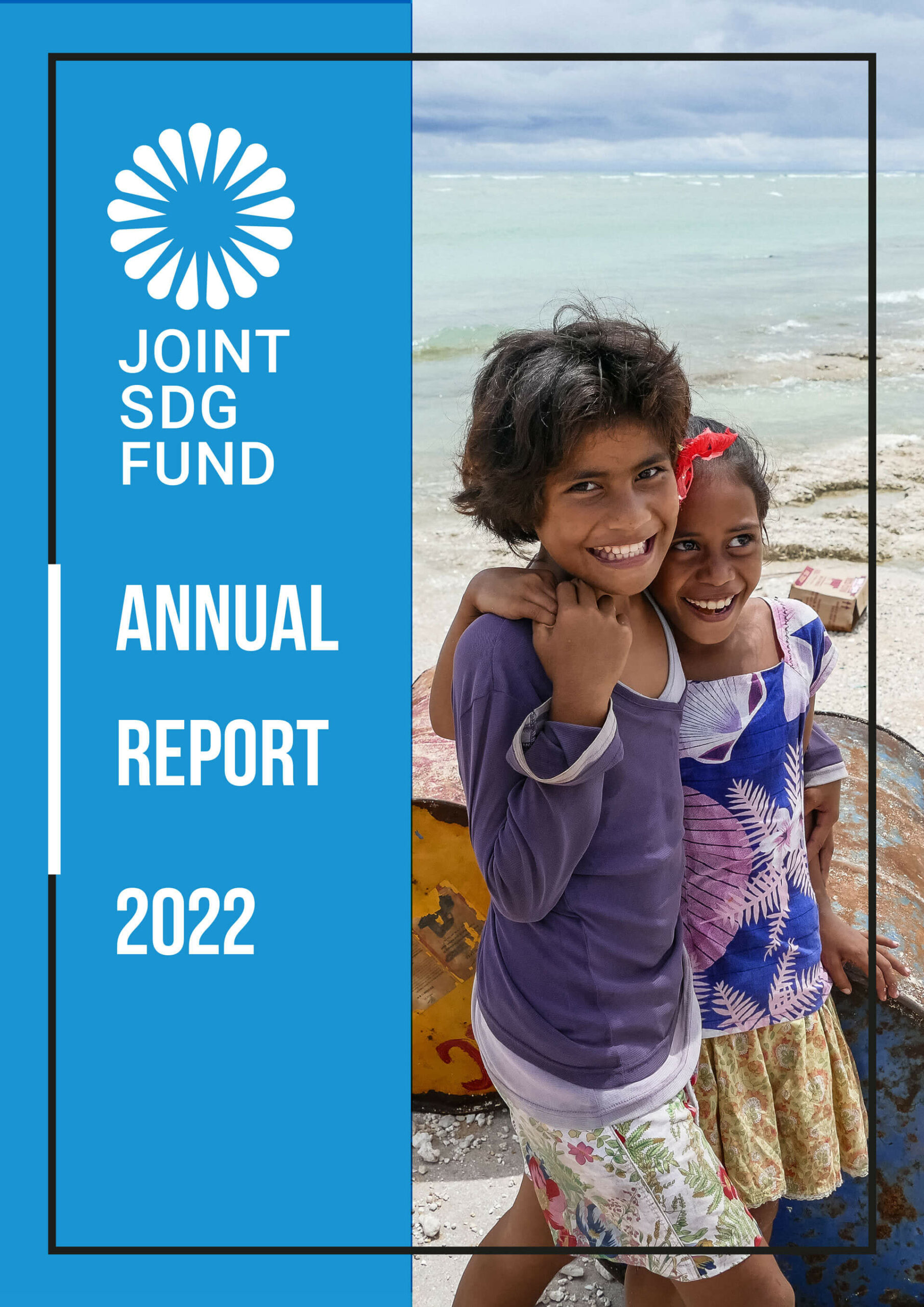The United Nations Joint SDG Fund is the UN’s flagship financing mechanism for SDG transformation. One of the Fund’s key objectives is to promote innovations in SDG financing and investments to unlock and crowd-in additional resources for SDG acceleration at the country level. As of December 2022, the Fund has made a total financial commitment of around US$260 million working with 31 UN entity partners in 119 UN country teams and multi-country offices. Through this commitment, the Fund has helped to leverage a total of US$2.34 billion in parallel financing to the projects and instruments developed with the Fund’s support to date. This means that every US$1 committed by the Fund is leveraging US$9.7 in additional resources for the SDGs, demonstrating the catalytic and multiplier impact of the Fund.
The financial leverage figure of US$2.34 billion can be broadly divided by the source of funding including public-private partnerships, private sector investments, United Nations co-funding, Government contributions, and financial commitments from Multinational Financial Institutions (MFIs) and International Financial Institutions (IFIs).
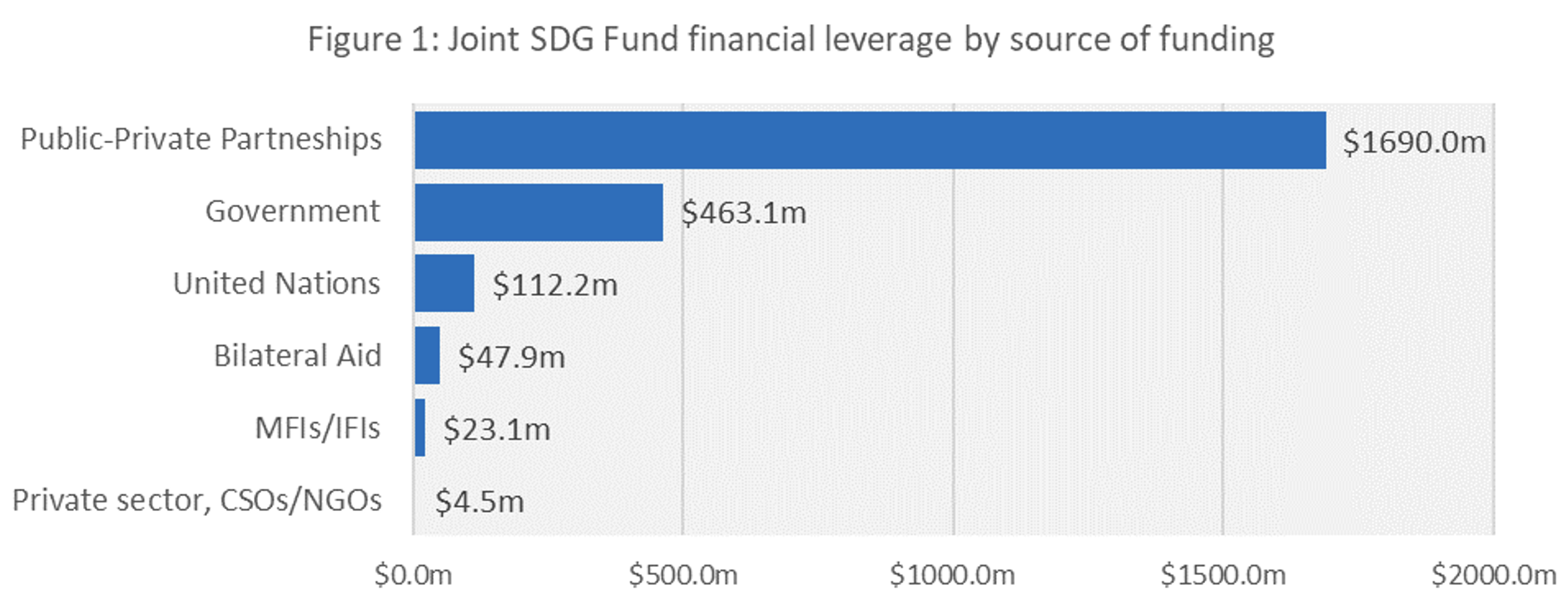
The majority of the financial leverage came from public-private partnerships with US$1.69 billion leveraged through innovative financing instruments. The second largest source of funding was from Governments that contributed US$463 million followed by the UN entities, which supported around US$112 million in co-funding the joint programmes.
Focus on public-private partnership and SDG bonds.
The Fund supported the design, structuring and implementation of various innovative financial instruments, including SDG bonds, Impact Fund, Climate financing facilities, while also promoting the replication and scale-up of its programmatic approach and policies as a key result of its joint programmes.
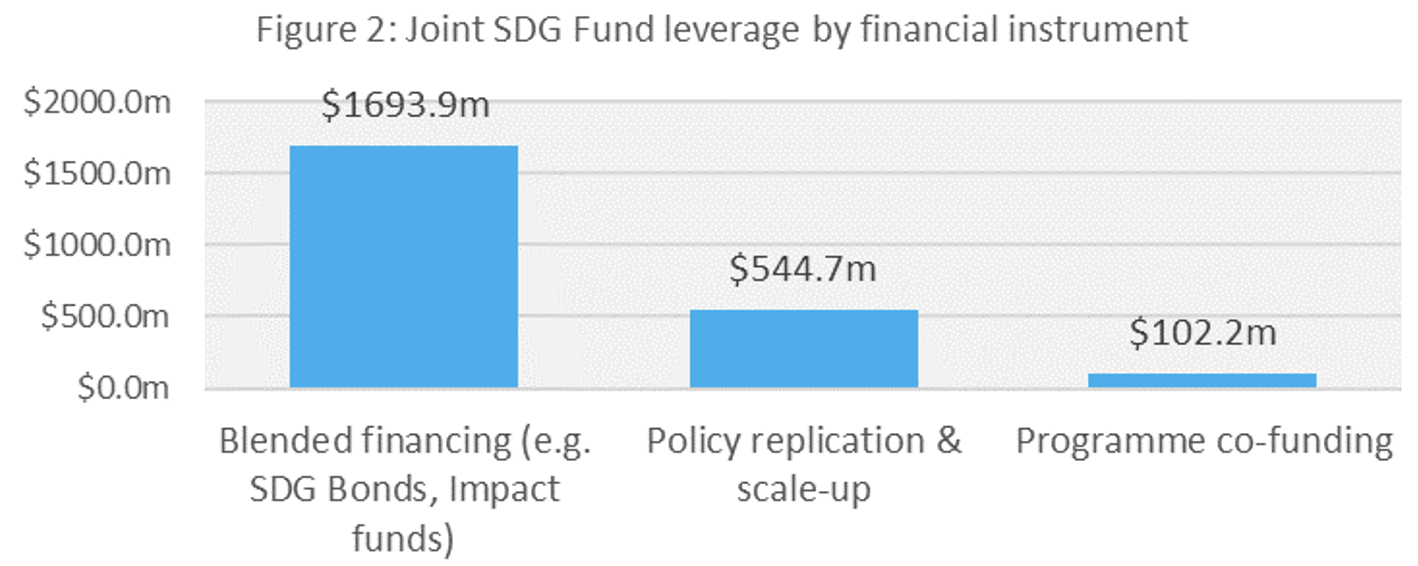
Most of the financial leverage was mobilized from technical support provided to designing and launching sovereign SDG bonds which can be seen as a type of leverage through public-private partnerships. SDG bonds are a type of sustainability bond that earmark their proceeds to finance projects and services with positive SDG impact. The bonds enabled the Governments to tap into resources beyond their regular domestic resource base and debt markets to attract additional investors and institutional buyers both in the global and local markets. The UN plays a critical role in helping Government design and enact proper regulations and policies in accordance with international standards to set up the SDG bonds and also in ensuring that the bond proceeds are committed towards SDG-positive projects and actions.
The bonds issued in Indonesia, Uzbekistan, and Cabo Verde were sold in the global or local markets raising up to US$1.69 billion since 2019.
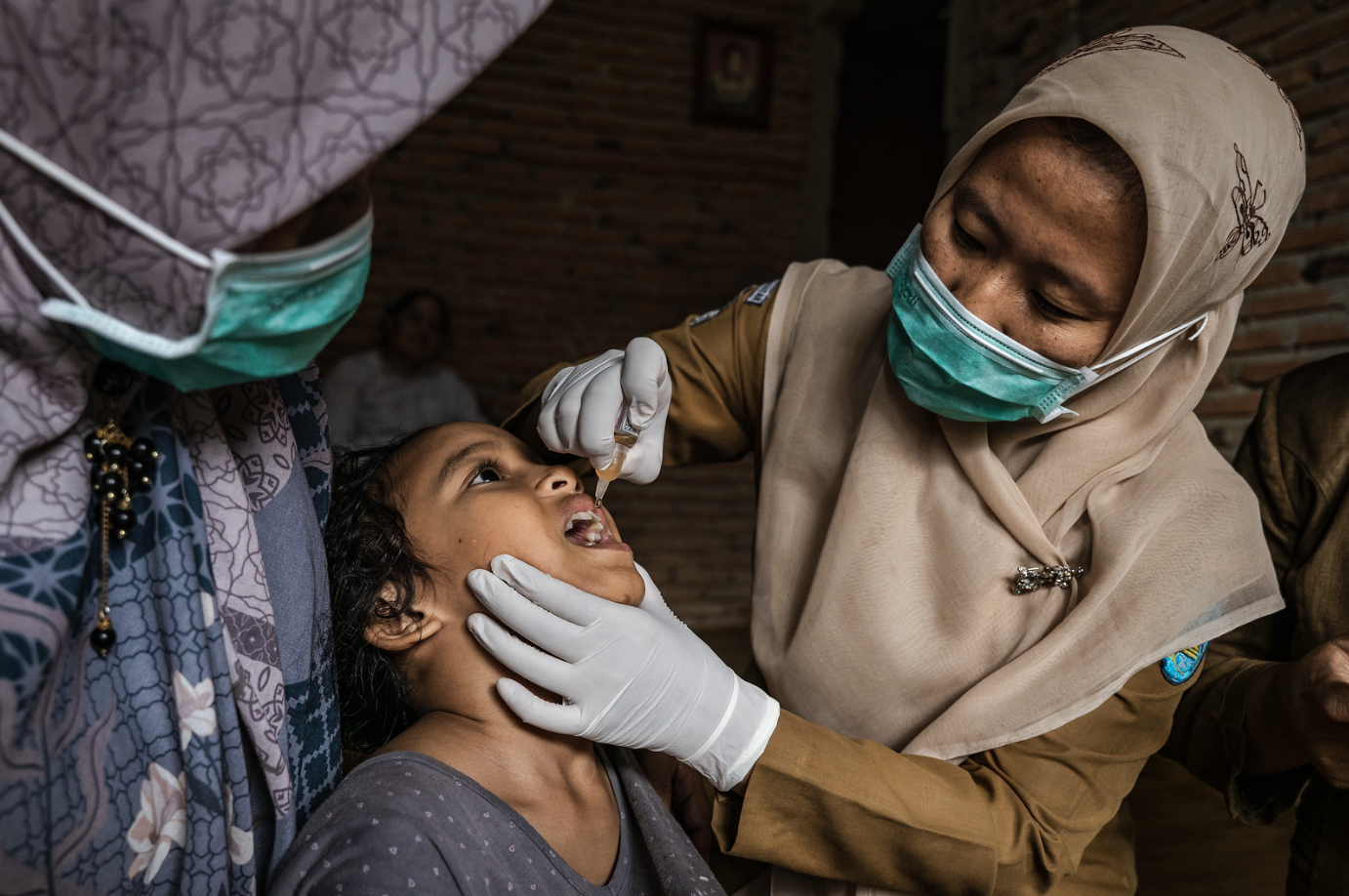
The Fund supported the Government of Indonesia in issuing an SDG bond, the first of its kind in Southeast Asia, that raised US$584 million from the global debt capital market. The UN team provided technical assistance for the Ministry of Finance throughout the process of devising the securities framework and ensure transparency and accountability of the verifications. The proceeds from the bond were utilized by the Government to provide free routine vaccines to 30 million children and scholarships to over 11 million low-income students.
In Cabo Verde, the Fund helped launch an innovative sustainable financing platform called 'Blu-X' in partnership with the country's stock exchange, to diversify the source of financing, including regional and global capital markets, for the SDGs. The platform was launched as part of the country’s broader SDG financing strategy with an embedded unit within the stock exchange that scopes investment opportunities aligned with the SDGs. To date, the platform has raised over US$26 million through a blue bond, mobilizing capital for small businesses operating in the blue economy.
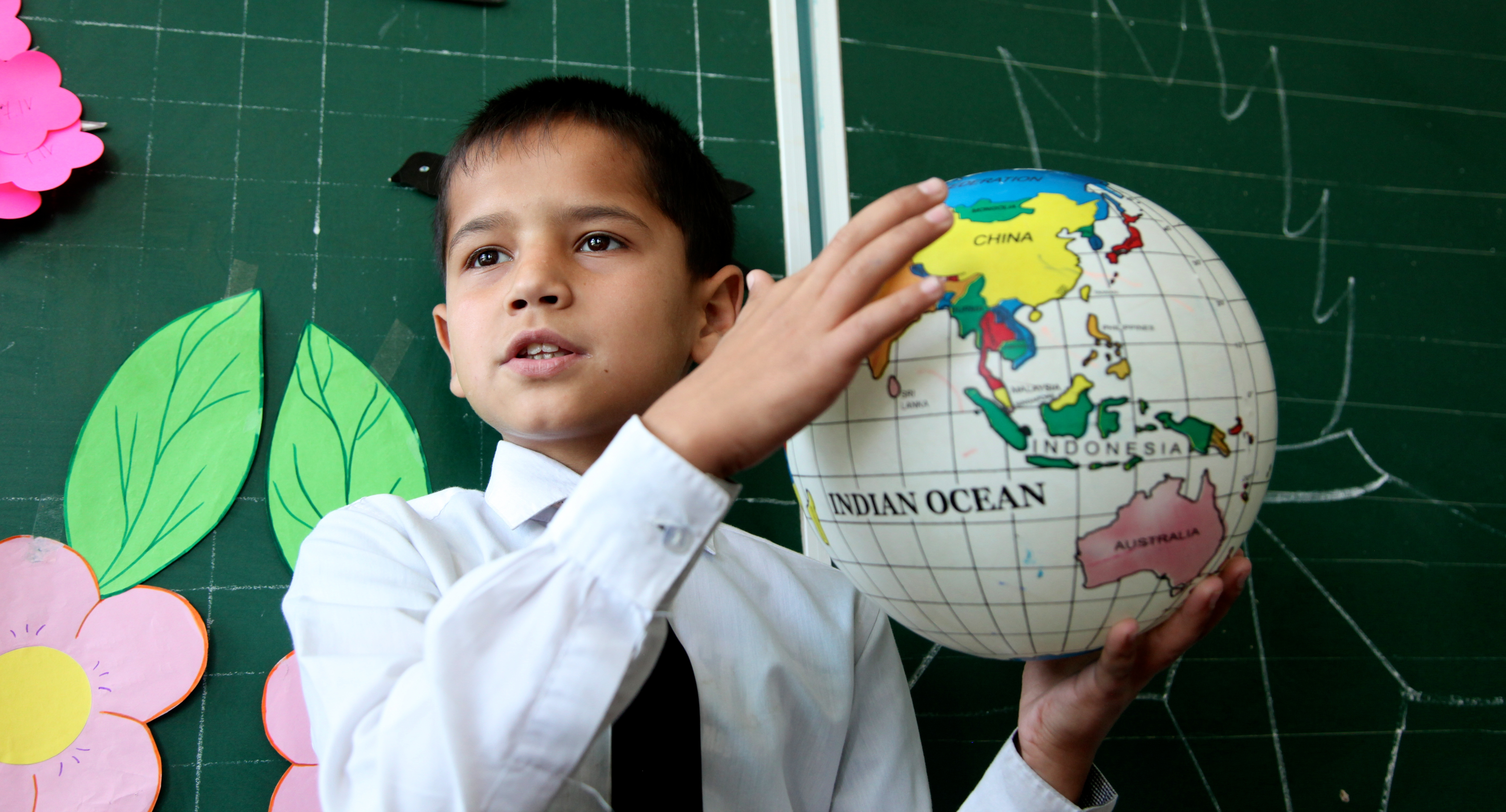
The joint programme in Uzbekistan supported the issuance of a sovereign SDG bond in 2021, the first in the region and second in the world, which raised over US$235 million from the global capital markets. The UN team provided technical support to develop the SDG bond framework and align the use of the bond proceeds with the SDG financing strategy. The proceeds are allocated to SDG projects around expanding public transport, health services, education and water.
The Joint SDG Fund plans to continue to support the design and rollout of these SDG bonds both at the central and municipal levels in partnership with the Governments.
Policy replication and scale-up through demonstration
In addition to the SDG bonds, the second major source of financial leverage totalling US$544.6 million came from replication and scale-up of the policies and interventions piloted with support from the Joint SDG Fund. A successful demonstration of a pilot led to the initiative being picked up by the Government or other development stakeholders for replication or scaling. These were particularly the case in Mongolia, Guatemala, and Rwanda, where the Governments expanded the pilot initiatives carried out by the joint programme in areas of social protection or SDG financing to the national level.
Building on the successful piloting of a cash transfer programme for children carried out with the Fund’s support, the Government of Mongolia allocated an additional US$400 million to top-up the cash benefits to reach more families with children in need. The UN team in Mongolia was instrumental in providing design and operational guidance to scale-up the child cash transfer scheme, which provides some US$35 a month to families with eligible children, in response to the COVID-19 crisis.
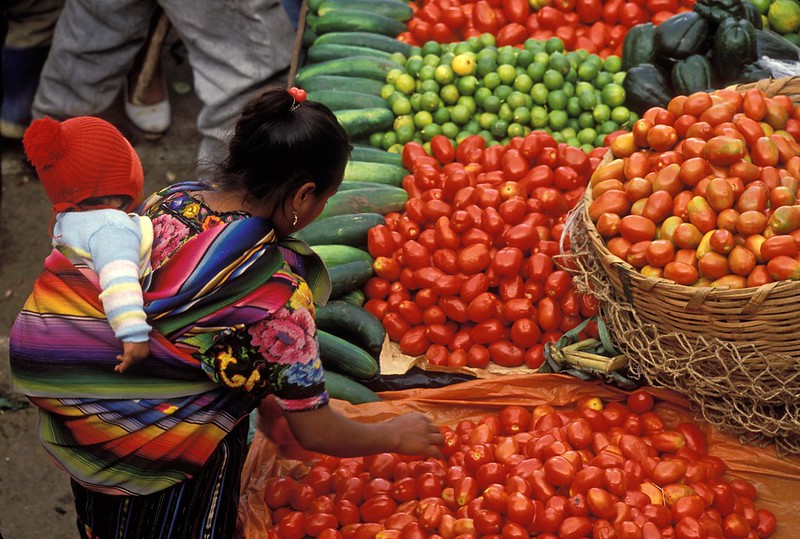
In Guatemala, the UN team assisted in developing and testing a financial framework to estimate the cost of implementing the country’s national strategy to address chronic malnutrition and piloted the use in three municipalities. Building on the analysis, the Guatemalan Congress allocated US$60 million from the national budget to carry out actions against chronic malnutrition and expand it across 114 municipalities.
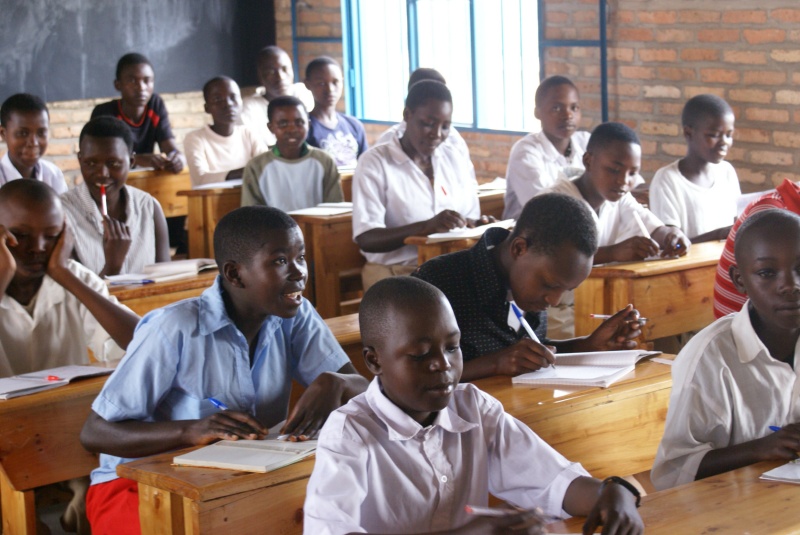
As part of Rwanda’s Integrated National Financing Framework implementation, the UN team in collaboration with the Ministry of Education carried out a public expenditure review and capacity building and policy advocacy to scale-up financing for the SDGS. This resulted in leveraging over US$10 million from the Global Partnership for Education and private foundations to scale up financing for education sector projects in the country.
Co-financing with matching funds from the UN entities
Furthermore, the joint programmes were implemented with matching contributions mainly from UN entities, but also from Government and MFI/DFI partners totalling US$112.2 million. Among the 229 joint programmes supported by the Fund to date, 88% of the programmes have been implemented with matching co-funding from the implementation partners. This points to how global pooled funds such as the Joint SDG Fund expand and multiply the impact of UN concerted efforts to go further by pooling resources and technical expertise from the diverse partners.
Way forward: Scaling the potential of blended financing and UN pooled funds
The Joint SDG Fund expects scaling of its blended financing instruments in 2023 and beyond with additional launches and maturing of its solutions including SDG bonds, climate financing facilities and other blended financing deals. In particular, the Fund expects a strong result in 2023 from its climate financing facilities in North Macedonia, where the UN country team is launching a Green Financing Facility partnering with the European Bank for Reconstruction and Development (EBRD), and in Zimbabwe, where the UN is working with co-financing from a private sector mutual fund to launch a Renewable Energy Fund. The Fund is planning to highlight the success and lessons from its catalytic investment portfolios during global events including the SDG Summit and COP28 and demonstrate the full potential of blended financing to unlock additional resources for the SDGs especially for countries and people that have been left behind.
Note:
The Joint SDG Fund's joint programmes are under the prestige leadership of the Resident Coordinator Office and implementing United Nations Agencies. With sincere appreciation for the contributions from the European Union and Governments of Denmark, Germany, Ireland, Italy, Luxembourg, Monaco, The Netherlands, Norway, Portugal, Republic of Korea, Spain, Sweden, Switzerland and our private sector funding partners, for a transformative movement towards achieving the SDGs by 2030.

